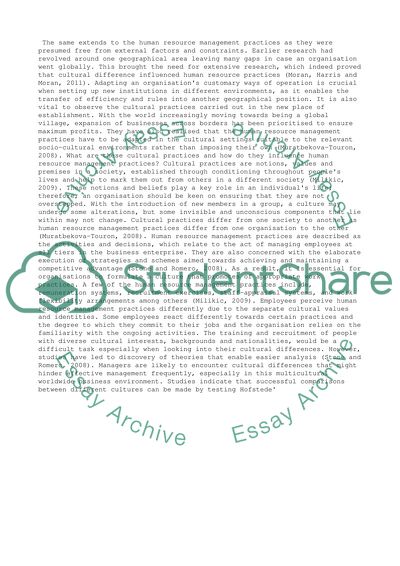Cite this document
(“Do cultural differences influence HRM practices Essay”, n.d.)
Retrieved from https://studentshare.org/management/1488643-do-cultural-differences-influence-hrm-practices
Retrieved from https://studentshare.org/management/1488643-do-cultural-differences-influence-hrm-practices
(Do Cultural Differences Influence HRM Practices Essay)
https://studentshare.org/management/1488643-do-cultural-differences-influence-hrm-practices.
https://studentshare.org/management/1488643-do-cultural-differences-influence-hrm-practices.
“Do Cultural Differences Influence HRM Practices Essay”, n.d. https://studentshare.org/management/1488643-do-cultural-differences-influence-hrm-practices.


